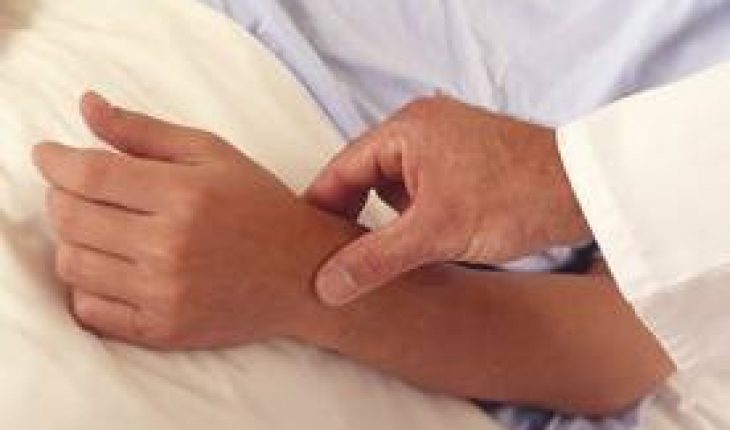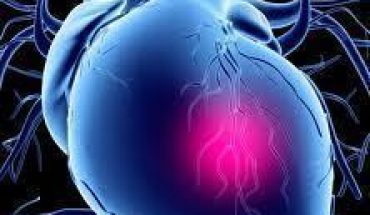Western medicine can thank the Greek physician Claudius Galen and his theory on circulation for understanding the human pulse. It is in essence the human heart rate, and the normal pulse rate is 72 beats per minute, varying based on age and activity.
The mechanics of it
While old fashioned, taking a pulse is a fast way to determine blood pressure. The normal pulse rate can be determined from any location on the body where an artery can be accessed. When compressed against a bone it creates a pressure wave that can be felt through the walls of the artery. By timing these waves over a minute one can determine if the pulse rate is normal or not, and thus by extension the heart rate.
Methods of getting the normal pulse rate
The most basic way of measuring the pulse is with fingers. Placing two or three fingers at one of the locations on the body where an artery runs against a bone will squeeze them together and allow the pressure wave to be felt and timed. You do not have to time the whole minute, but instead count each pulse of the artery for ten seconds and then multiply that number by six to get the overall pulse rate.
More advanced ways of determining the pulse rate are with an oscilloscope and light metering. A stethoscope can also be used in the process of measuring the pulse rate.
Where to take the pulse
There are several key places around the body where the normal pulse rate can be gained. They are best divided into four general areas, arms, legs, torso and neck.
Arms
- The wrist is easily the most recognizable spot, providing access to the radial and ulnar arteries.
- The elbow joint contains the brachial artery.
Legs
- Inner thin by the groin -Femoral artery
- Behind knee – Popliteal artery. To get to this artery the knee has to be bent at a specific angle, noted as 124 degrees.
- Ankle -Posterior artery
- Top of foot -Dosalis pedis artery
Torso
- The Apical pulse is located at the 4th or 5th left intercostal space above the heart itself
Neck/face
- Another common spot is the base or side of the neck due to the carotid artery. Care should be taken here as it can cause damage by limiting blood flow to the brain or in extreme cases stop the person’s heart.
- Base of jaw – Facial artery
- In front of ear – Temporal artery
Normal pulse rate chart
- Babies: 100 – 160 BPM (Beats per minute)
- Children ages 1 to 10 years old: 70 -120 BPM
- 10 + : 60 years old: 100 BPM
- Athletes: 40 -60 BPM
What the pulse rate means
Checking the pulse rate is a great way to tell what is going on in the body. The best times to do it is either at full rest or after ten minutes of exercise. Having an irregular pulse is called arrhythmia and is classified as, bradycardia (slow) and tachycardia (too fast over 100).





